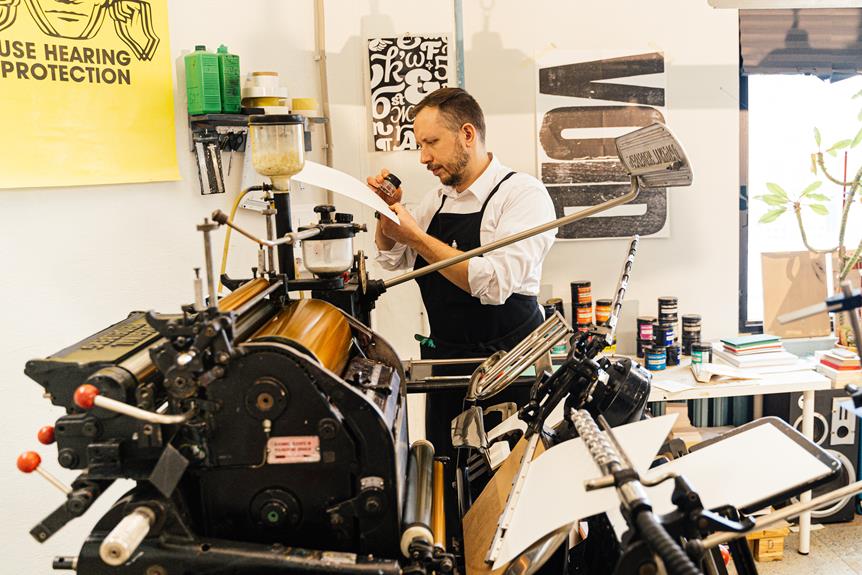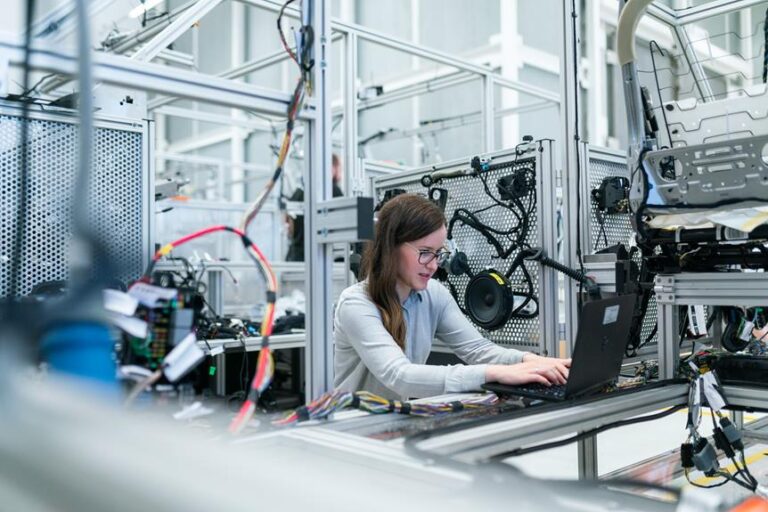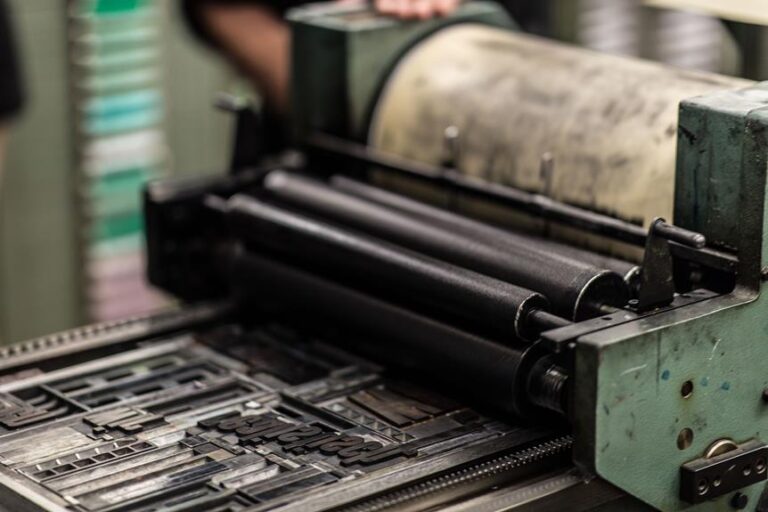Free 3D Printing Software: Exploring the World of Open-Source Tools
Imagine being able to bring your wildest 3D printing ideas to life without breaking the bank. With the world of open-source tools, this dream becomes a reality.
In this article, we will explore the realm of free 3D printing software and its potential to unlock a world of cost-effective solutions. Discover the key features and benefits of utilizing open-source tools for your prints, and learn how to maximize your 3D printing potential with free software.
Liberation awaits!
Key Takeaways
- Open-source 3D printing software options include Ultimaker Cura, PrusaSlicer, Repetier-Host, Cura, and Slic3r.
- Key features of free 3D printing software include compatibility with various file formats, customization and modification of designs, advanced slicing capabilities, user-friendly interface, and clear instructions throughout the printing process.
- Benefits of using open-source tools for 3D printing include the ability to modify and customize the software, a collaborative community for updates and support, support for a wide range of file formats, greater customization and flexibility in the printing process, and optimization of printing processes for better results.
- Cost-effective 3D printing solutions include budget-friendly printers, open-source software like FreeCAD and Blender, cost-effective filament options like PLA and PETG, engagement with the 3D printing community for support and resources, and maximizing the potential of 3D printing without substantial expenses.
The Top Open-Source 3D Printing Software Options
When it comes to the world of open-source 3D printing software, there are a multitude of options available for users to explore and utilize. Open-source software refers to programs that are freely available for users to modify, distribute, and enhance. In the context of 3D printing, this means that users have the freedom to customize and adapt the software to meet their specific needs, without any restrictions or limitations.
One of the key advantages of open-source software is the availability of free slicers. Slicers are essential tools in the 3D printing process, as they convert 3D models into instructions that the printer can understand. Open-source slicers, such as Cura and Slic3r, offer a wide range of features and capabilities, allowing users to achieve high-quality prints with ease.
In addition to slicers, there are numerous open-source printing software options available. These programs provide users with the ability to control and monitor their 3D printers, manage print jobs, and troubleshoot any issues that may arise. Popular open-source printing software includes OctoPrint and Repetier-Server, which offer comprehensive functionalities and support for a wide range of 3D printers.
In the next section, we will explore the key features of free 3D printing software, discussing how these tools can enhance the user experience and streamline the printing process.
Key Features of Free 3D Printing Software
With a plethora of open-source 3D printing software available, it is important to explore the key features that make these tools invaluable for enhancing the user experience and optimizing the printing process. Free 3D printing software offers a range of features that empower users to unleash their creativity and explore the full potential of this technology.
One of the key features of free 3D printing software is its compatibility with various file formats. These tools allow users to import and export files in different formats, such as STL, OBJ, and AMF, making it easier to work with designs created in different software or downloaded from online repositories.
Another important feature is the ability to customize and modify designs. Free 3D printing software often includes a range of tools and features that allow users to edit and manipulate designs, adjust dimensions, add or remove elements, and experiment with different configurations. This level of customization enables users to tailor designs to their specific needs and preferences.
Additionally, free 3D printing software provides advanced slicing capabilities. Slicing is the process of converting a 3D design into a series of 2D layers that the printer can understand. These tools offer options to configure layer height, infill density, support structures, and other parameters, allowing users to optimize print quality and speed.
Furthermore, free 3D printing software often includes a user-friendly interface and intuitive controls, making it accessible to both beginners and experienced users. These tools typically provide clear instructions and guidance throughout the printing process, ensuring a smooth and hassle-free experience.
Benefits of Using Open-Source Tools for Your Prints
Undoubtedly, open-source tools provide a multitude of benefits for your 3D prints, allowing for greater customization and flexibility in the printing process. One of the key advantages of using open-source tools is the ability to modify and customize the software to suit your specific needs. Unlike proprietary software, where you are limited to the features and functionalities provided by the manufacturer, open-source tools offer the freedom to make changes and improvements as per your requirements. This level of customization empowers users to optimize their printing processes and achieve better results.
Another benefit of open-source tools is the collaborative nature of the community that surrounds them. Open-source software is developed by a community of enthusiasts who contribute their knowledge and expertise to continually improve the tools. This collaborative approach results in regular updates, bug fixes, and new features being added to the software. Users can also seek help and support from the community, ensuring that any issues or challenges they encounter are addressed promptly.
In addition, open-source tools often support a wide range of file formats, allowing users to work with various designs and models. This compatibility ensures that you are not limited to a specific format and can work with files from different sources seamlessly.
Exploring the World of Cost-Effective 3D Printing Solutions
Cost-effectiveness is a crucial factor to consider when exploring the world of 3D printing solutions. As the technology becomes more accessible, it is important to find cost-effective options that meet your needs without breaking the bank. Here are four cost-effective 3D printing solutions to consider:
- Budget-friendly printers: There are now many affordable 3D printers available on the market, making it easier for individuals and small businesses to get started with 3D printing without a significant financial investment.
- Open-source software: Open-source software, such as FreeCAD and Blender, provides cost-effective alternatives to expensive proprietary software. These programs offer powerful design tools and allow users to customize and modify the software to suit their specific needs.
- Filament choices: Filament is a significant expense in 3D printing. Opting for cost-effective filament options, such as PLA or PETG, can help reduce printing costs without compromising on the quality of the prints.
- Community support: Engaging with the 3D printing community can provide valuable insights and resources for cost-effective printing solutions. Online forums, user groups, and social media communities offer support, advice, and even access to shared resources like 3D printing farms.
By exploring these cost-effective solutions, individuals and businesses can maximize their 3D printing potential without incurring substantial expenses.
Now let's transition into the subsequent section about maximizing this potential with free software.
Maximizing Your 3D Printing Potential With Free Software
To fully harness the capabilities of your 3D printer, it is essential to leverage the power of free software through seamless integration and advanced design features. Free software provides users with the ability to explore their creativity and maximize their 3D printing potential without any financial constraints. By utilizing open-source tools, individuals can break free from the limitations of proprietary software and unlock a world of possibilities.
One of the key advantages of free software is its ability to seamlessly integrate with various 3D printers. This integration ensures that users can easily transfer their designs from the software to the printer, eliminating any compatibility issues. Additionally, free software often comes with a wide range of pre-built design templates and libraries, allowing users to quickly start their projects without the need for extensive technical knowledge.
Moreover, free software offers advanced design features that enable users to create complex and intricate designs. These features include parametric modeling, mesh editing, and support for multiple file formats. With these tools, users can unleash their creativity and bring their ideas to life in ways that were previously unimaginable.
Frequently Asked Questions
Are There Any Limitations or Restrictions When Using Open-Source 3D Printing Software?
When using open-source 3D printing software, there may be limitations or restrictions. These can include limited functionality, lack of technical support, compatibility issues, and potential security risks. It is important to carefully evaluate and consider these factors before choosing open-source software.
How Can I Ensure the Compatibility of Open-Source Software With My 3D Printer?
To ensure compatibility between open-source software and your 3D printer, it is important to consider factors such as the file formats supported by your printer, the software's compatibility with your operating system, and any specific requirements or recommendations provided by the printer manufacturer.
Can I Modify the Source Code of Open-Source 3D Printing Software to Suit My Specific Needs?
Yes, you can modify the source code of open-source 3D printing software to suit your specific needs. This allows for customization and flexibility in adapting the software to work seamlessly with your 3D printer.
Are There Any Online Communities or Forums Where I Can Seek Assistance or Share My Experiences With Open-Source 3D Printing Software?
Online communities and forums provide valuable platforms for seeking assistance and sharing experiences with open-source 3D printing software. These platforms foster collaboration, knowledge exchange, and problem-solving, empowering users in their exploration of this innovative technology.
What Are Some Common Troubleshooting Tips or Solutions for Issues That May Arise While Using Open-Source 3D Printing Software?
When using open-source 3D printing software, common troubleshooting tips include ensuring proper software installation, checking for updates, adjusting print settings, calibrating the printer, and troubleshooting specific issues through online forums and user communities.
Conclusion
In conclusion, open-source 3D printing software offers a cost-effective and versatile solution for users looking to explore the world of 3D printing. With a range of key features and benefits, these tools allow users to maximize their printing potential without the need for expensive proprietary software.
By embracing open-source options, individuals and businesses can unlock a world of possibilities in the realm of 3D printing. As the saying goes, "The only limit is your imagination."









